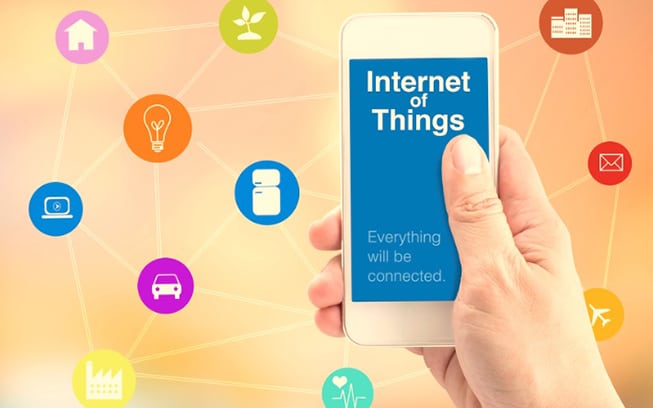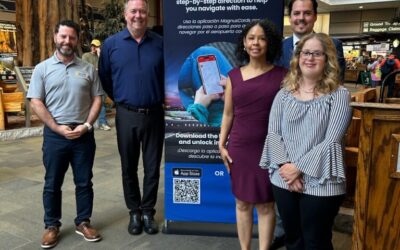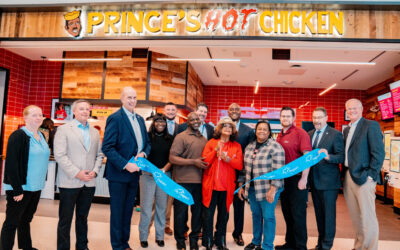This year’s Airport IT Trends Survey, which is co-sponsored by Airports Council International and SITA with Airline Business, emphasizes the growing importance and benefit of IT investment in the airport industry. The survey represents results from more than 223 airports.
Numbers from SITA estimate that investment in technology will be about $8.7 billion for 2015. Airport chief information officers also expect higher budgets in 2016, with 64 percent anticipating an increase over 2015.
About 73 percent of the airports surveyed consider passenger processing to be one of the main priorities that would benefit from IT investment, up from 59 percent last year. About 84 percent of airports feel similarly about IT investment in airport security, up from 76 percent in 2014.
“Airports always have passengers as a high priority but this year we see a clear acknowledgement that technology can help improve the passenger experience,” says Matthys Serfontein, vice president of airport solutions at SITA. “Airport CIOs are committing their rising budgets to introduce technologies such as beacons, mobile services and increased self-service to make it easier for passengers as the world’s airports become increasingly busier.”
Nine out of 10 airports have self-service check-in kiosks available, which is up from 75 percent in 2014. Airports are finding other to ways to use kiosks, as well. About 42 percent have kiosks that print bag tags so travelers can tag their own luggage.
By 2018, more than half of the airports plan to have sensors in use throughout the travel process, such as at check-in, bag drop, security, dwell time and boarding. Also by that time, 80 percent of airports plan to use beacons and 74 percent plan to give notifications to travelers. Additionally, 91 percent plan to have mobile apps to assist in navigating the airport, with 83 percent having the apps provide real-time notifications.
“With 81 percent of airports investing in beacons and other sensors over the next three years, passengers can expect a more predictable journey through the airport as new features, such as wait times and walk times to the gate, become commonplace,” says Serfontein. “The ‘Internet of Things’ is certainly coming to airports as they commit to serving the ‘connected traveler’ by investing in sensor technology.”
Some airports, about 60 percent, are also planning to implement technology focused on the employees at the airport, such as providing mobile access to irregular operational information to employees, by 2018.






